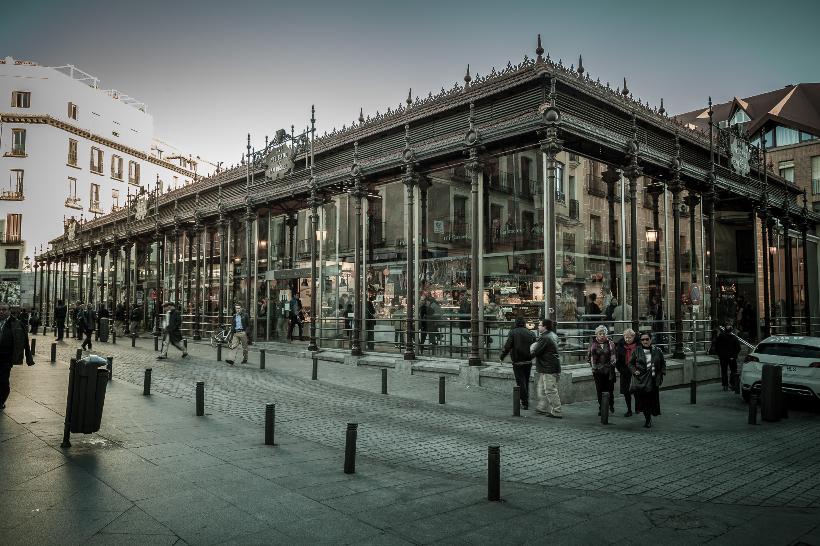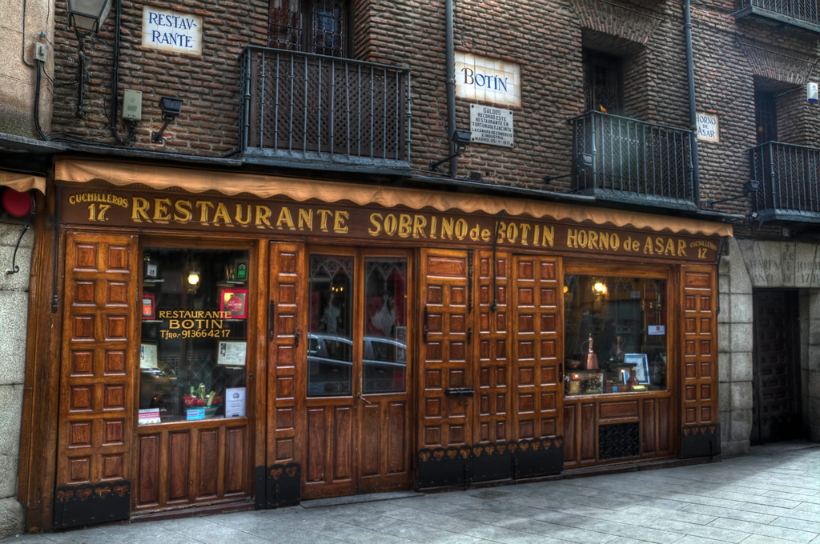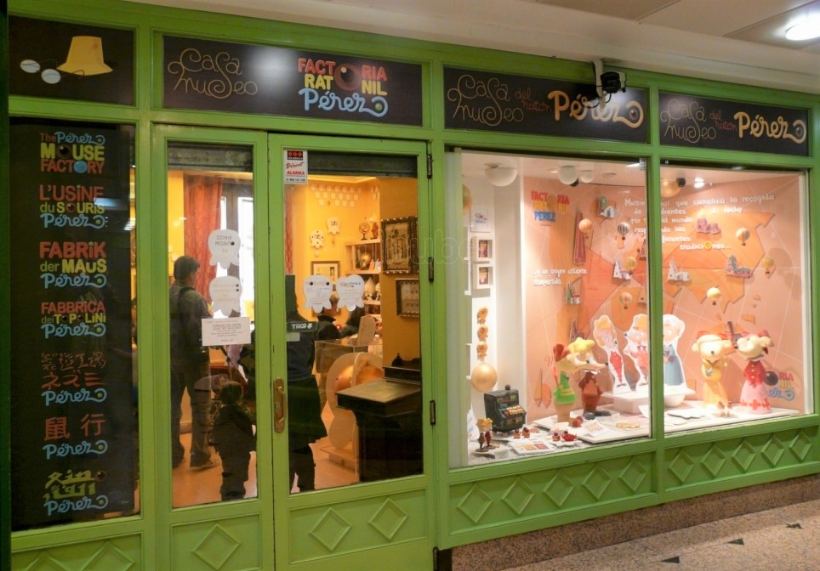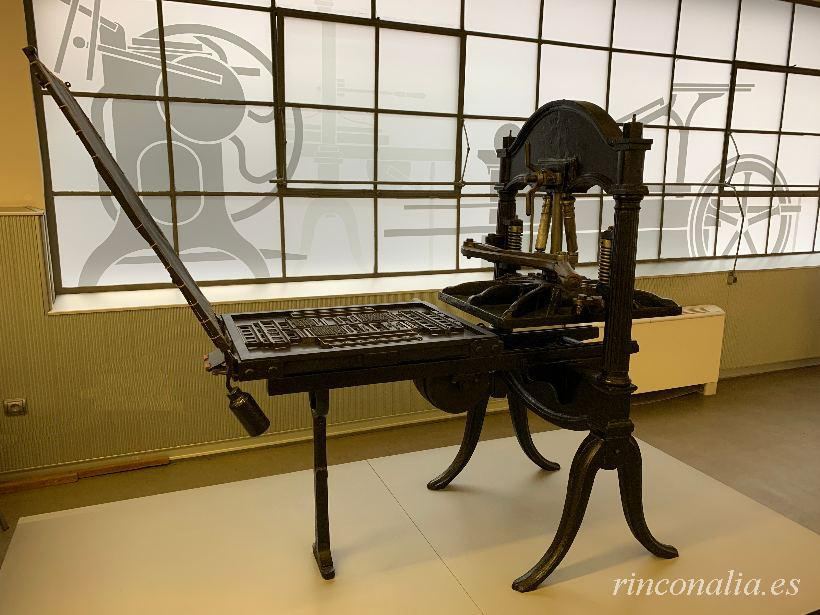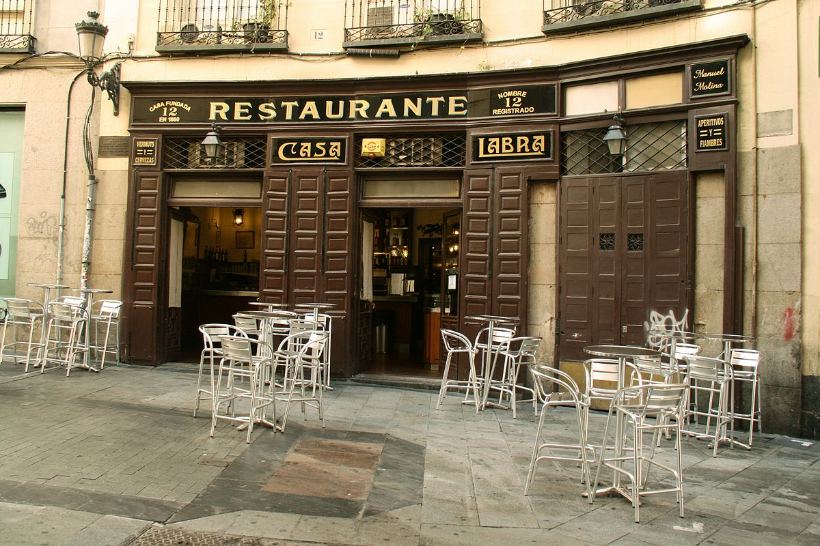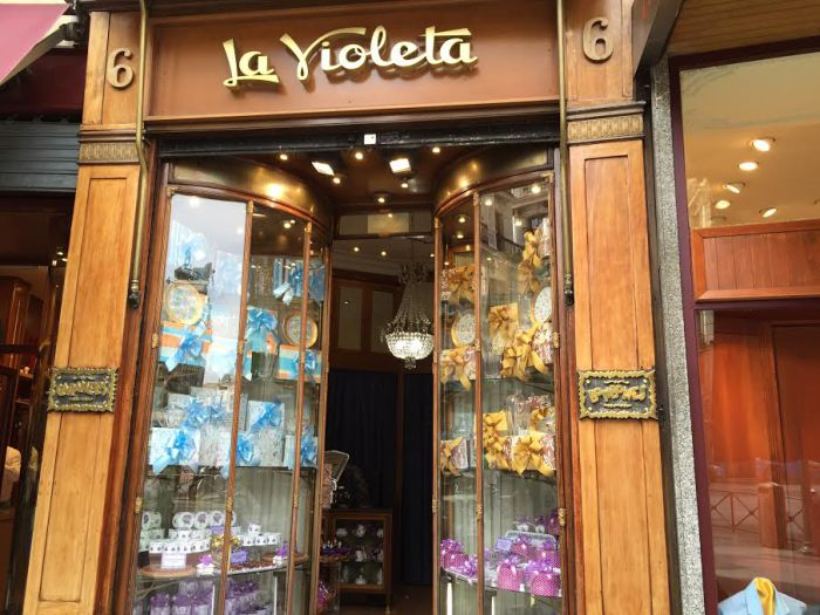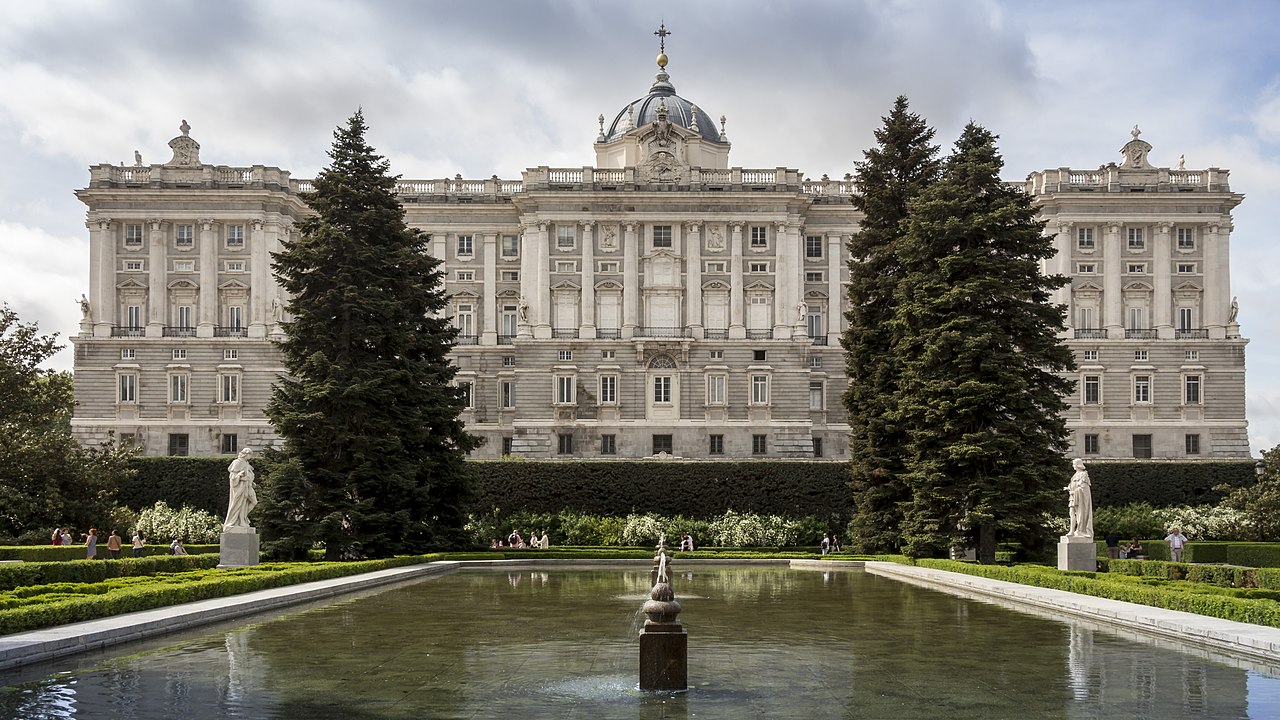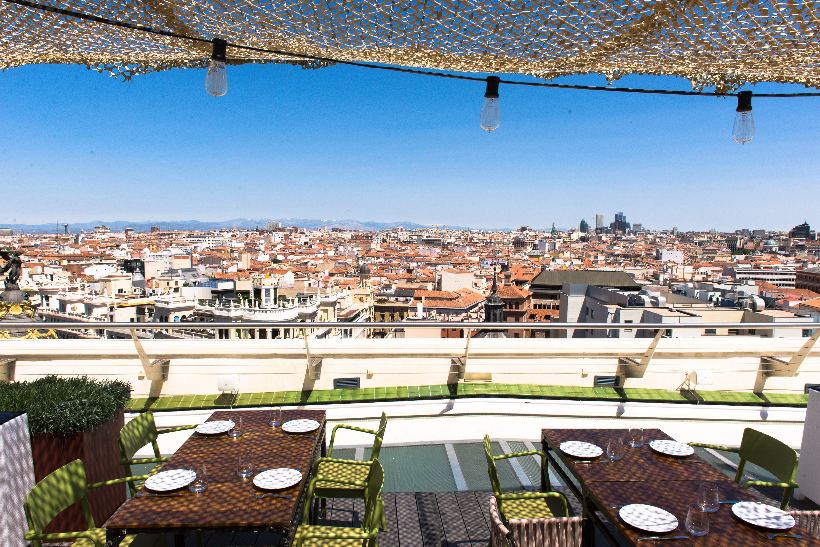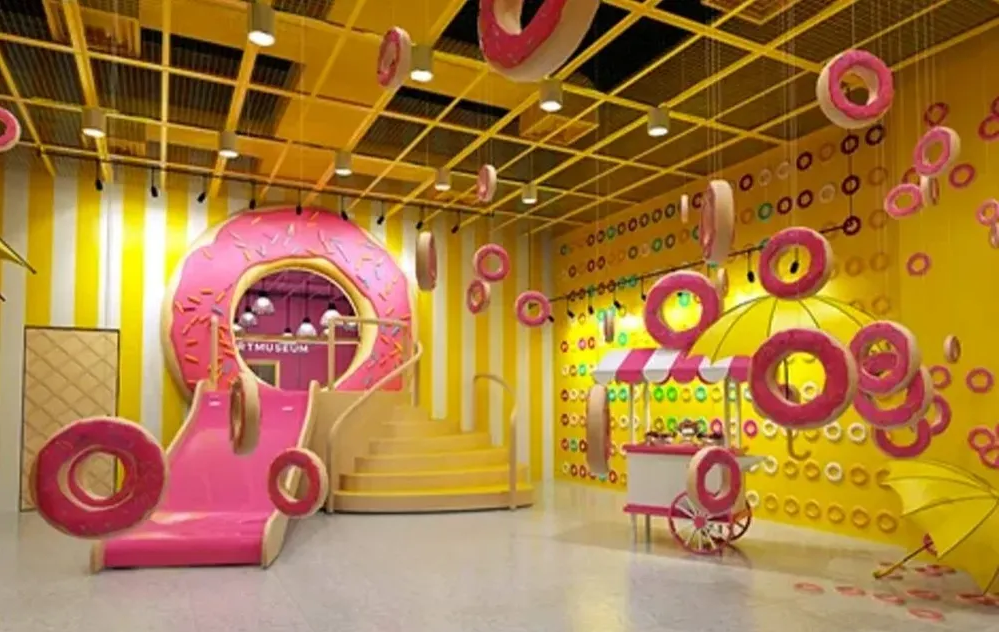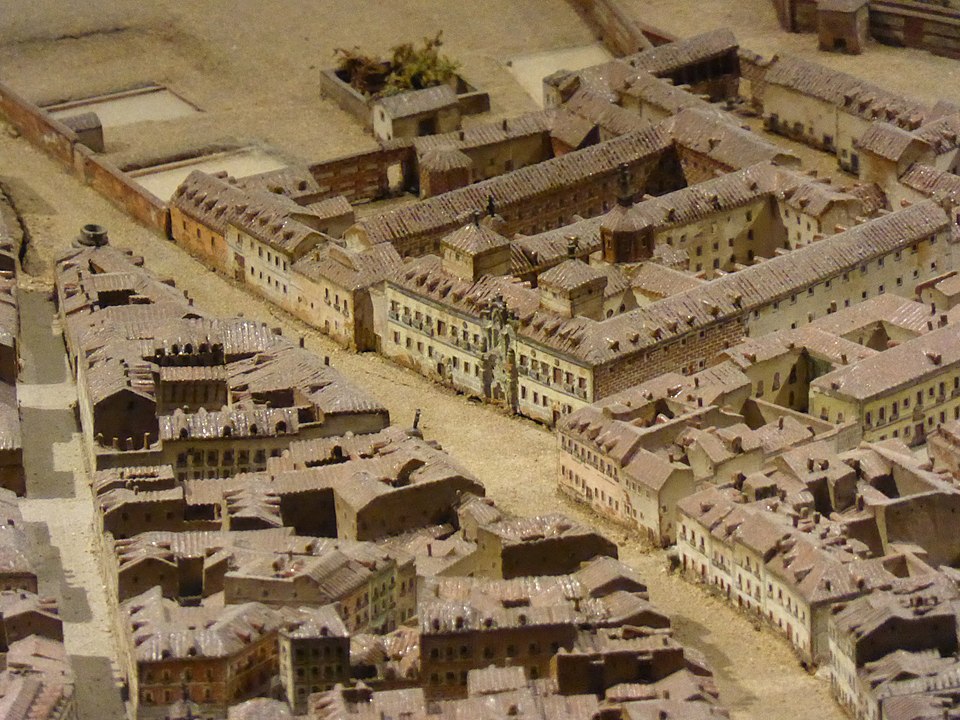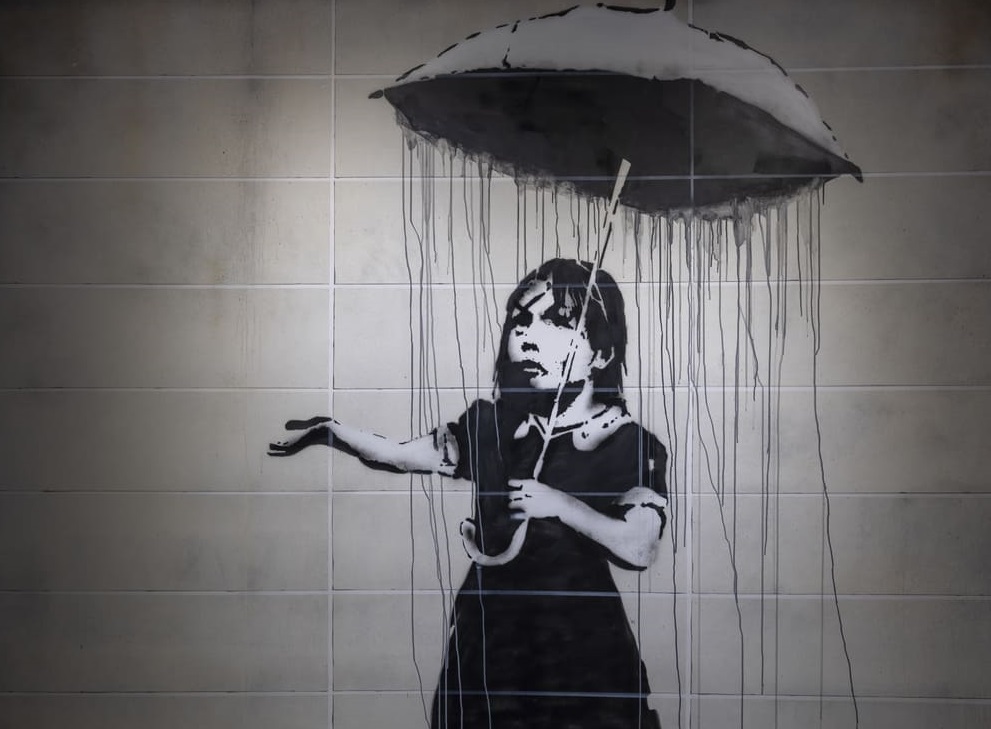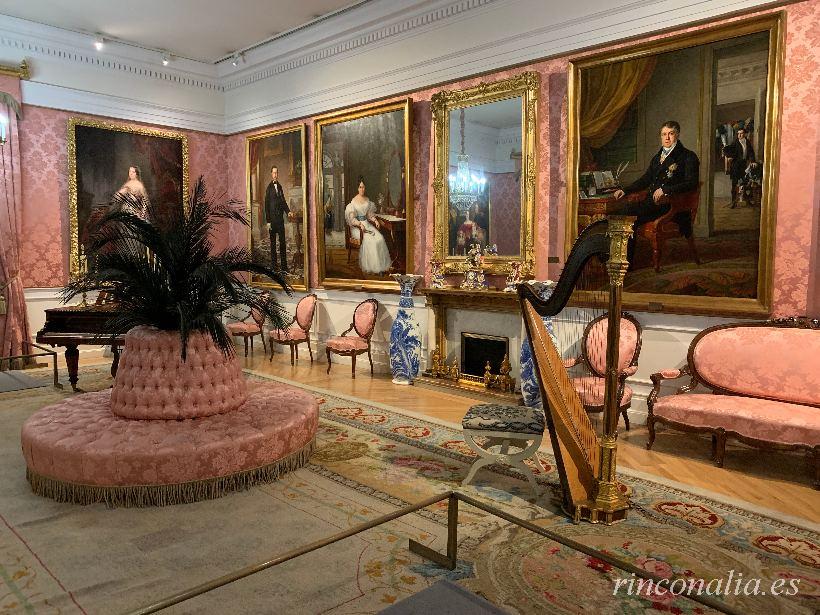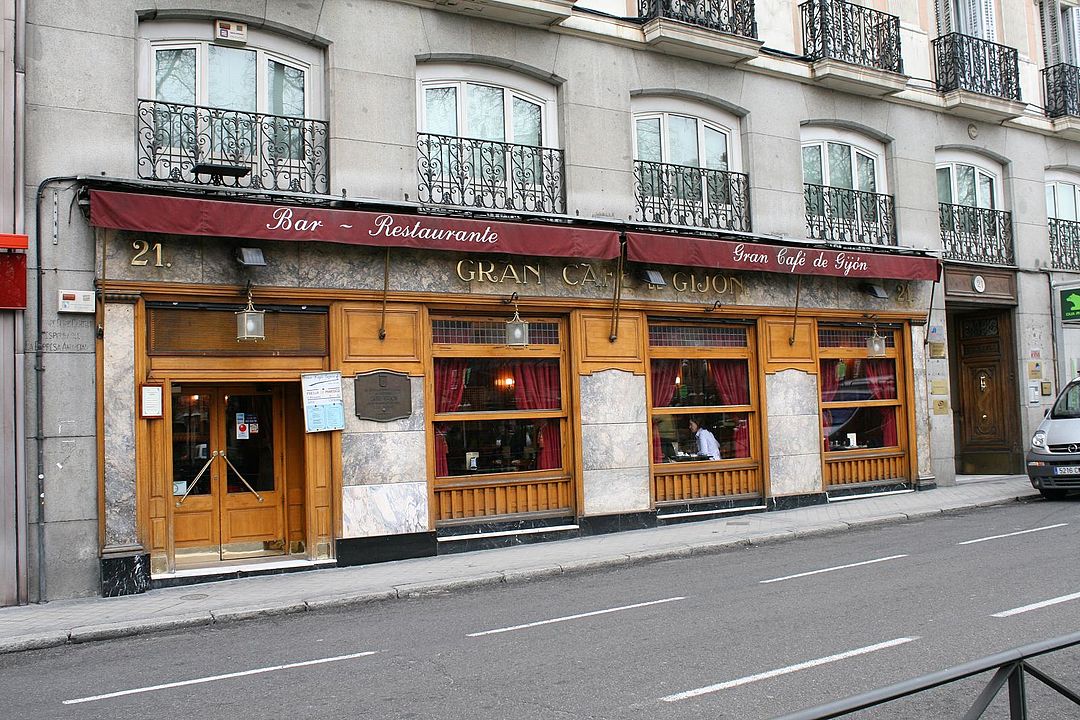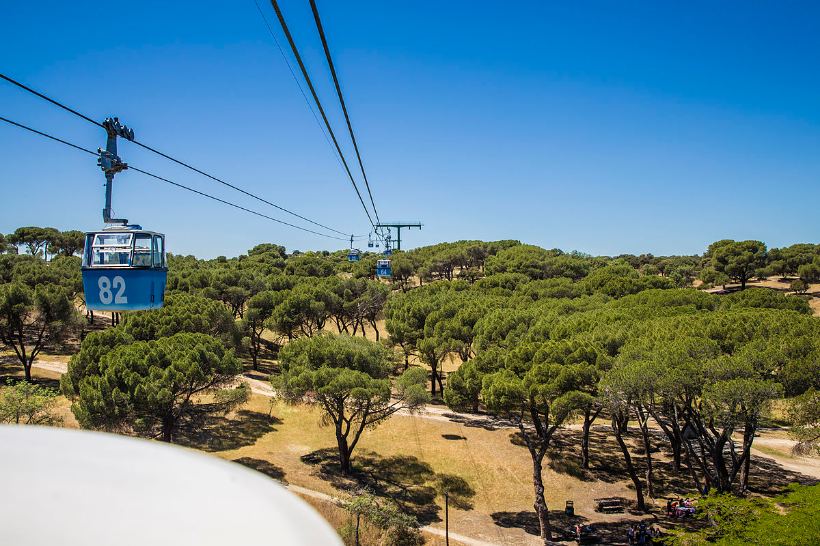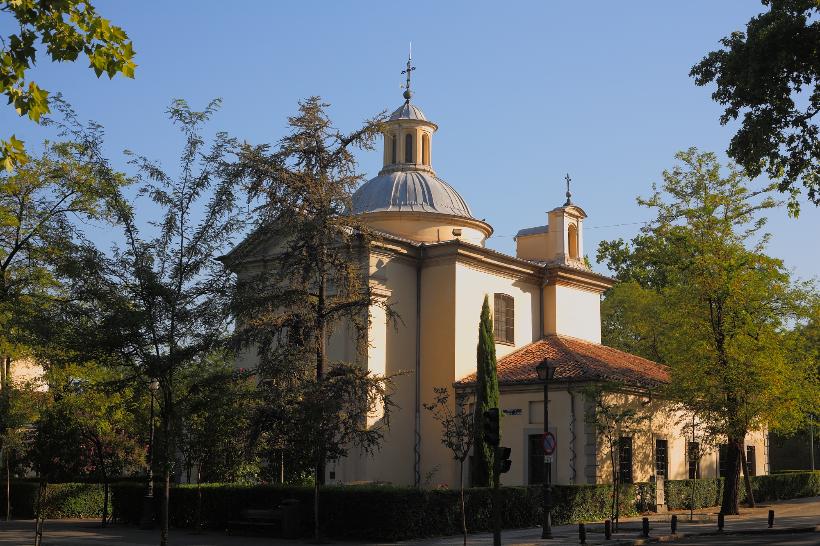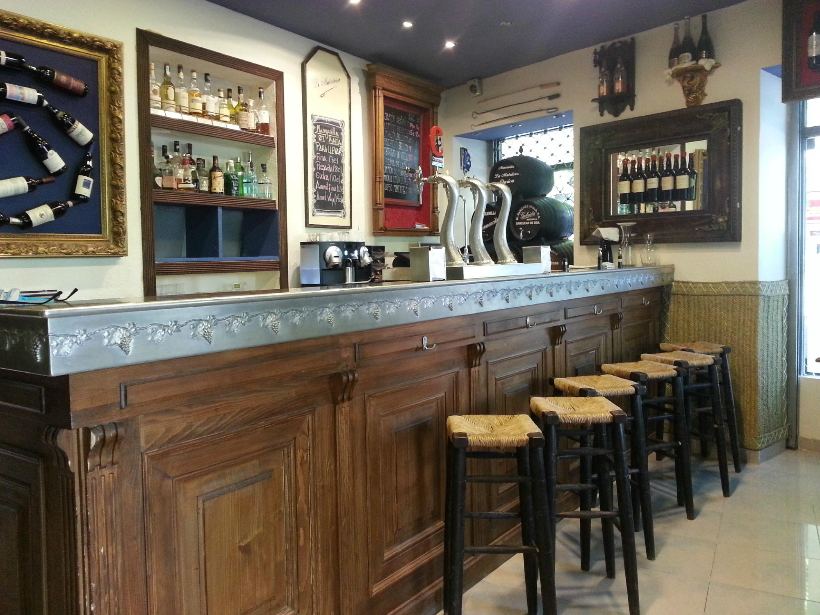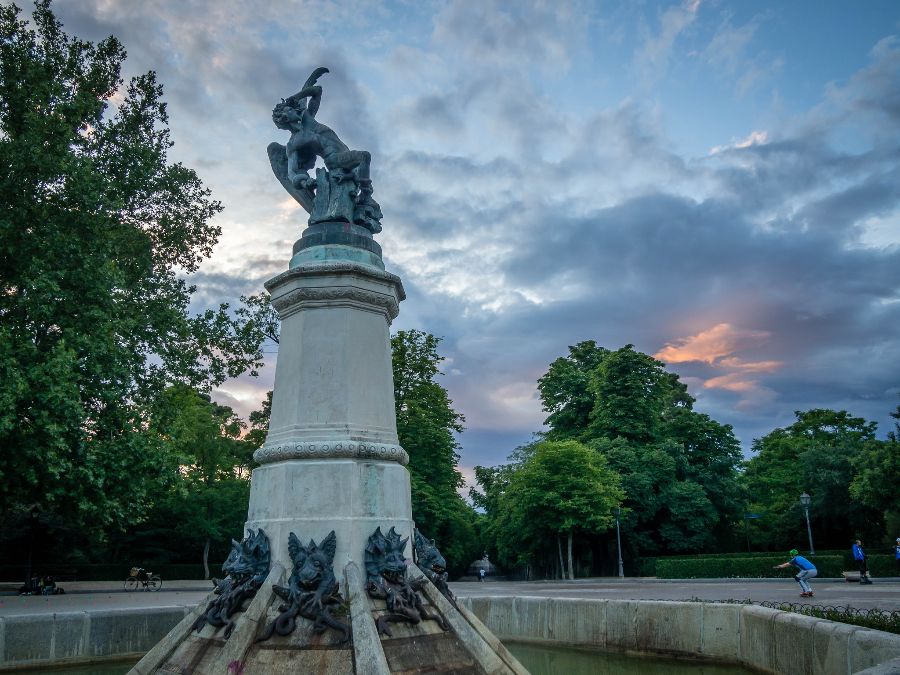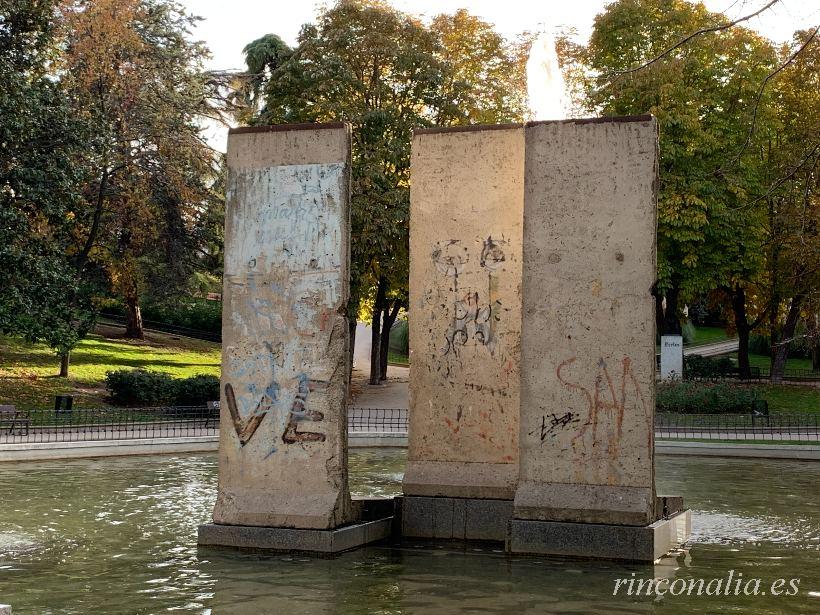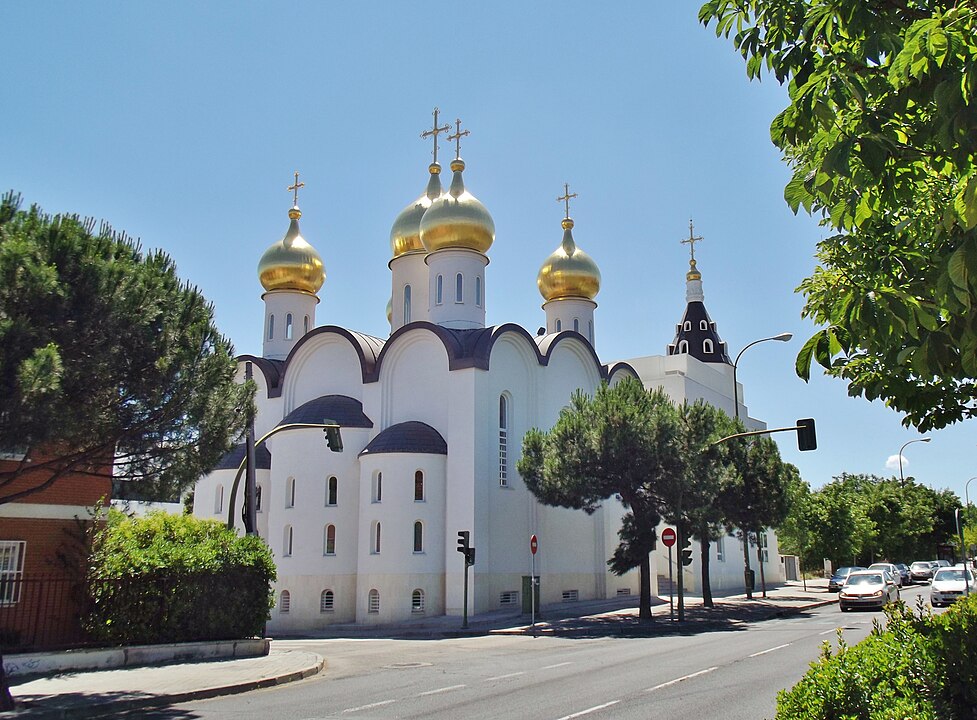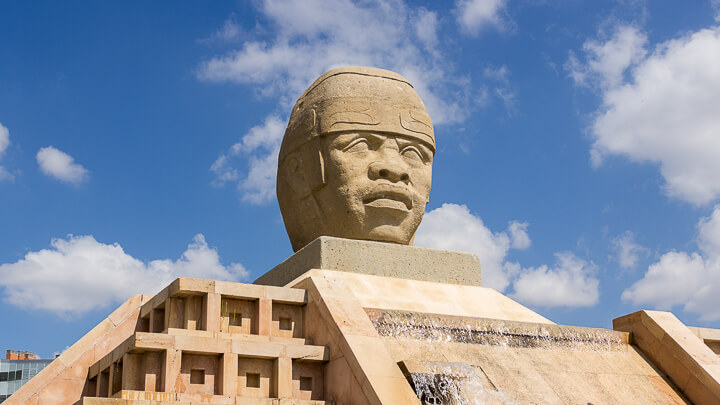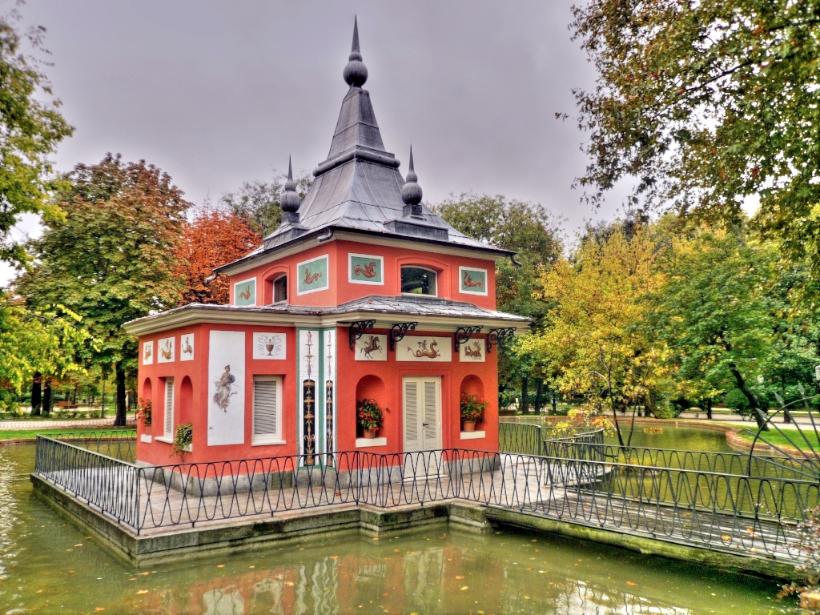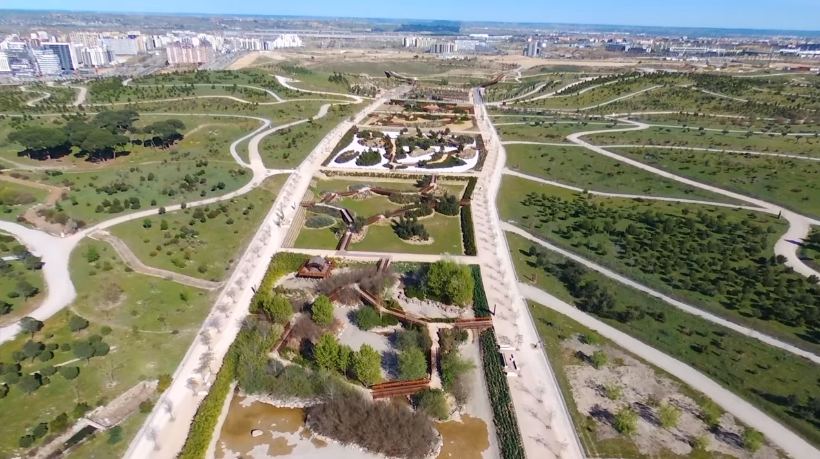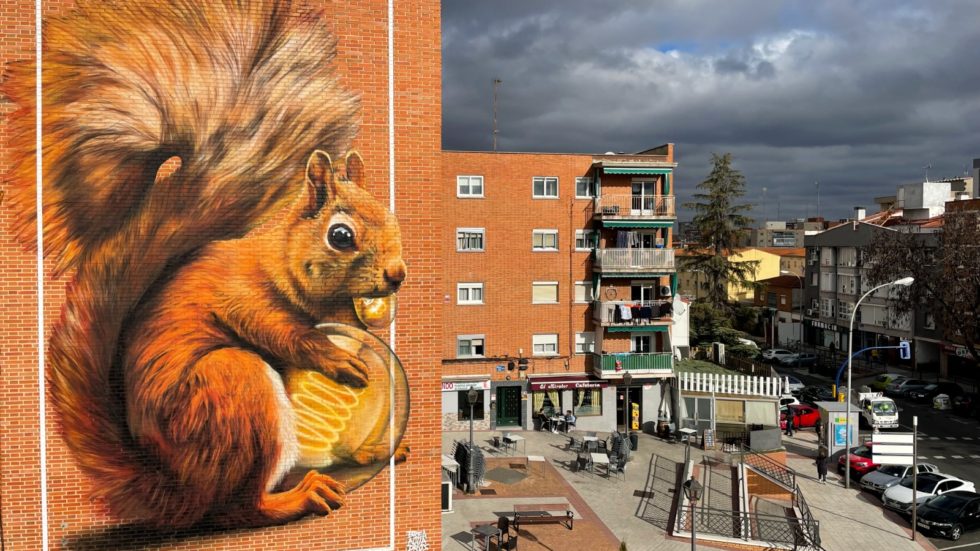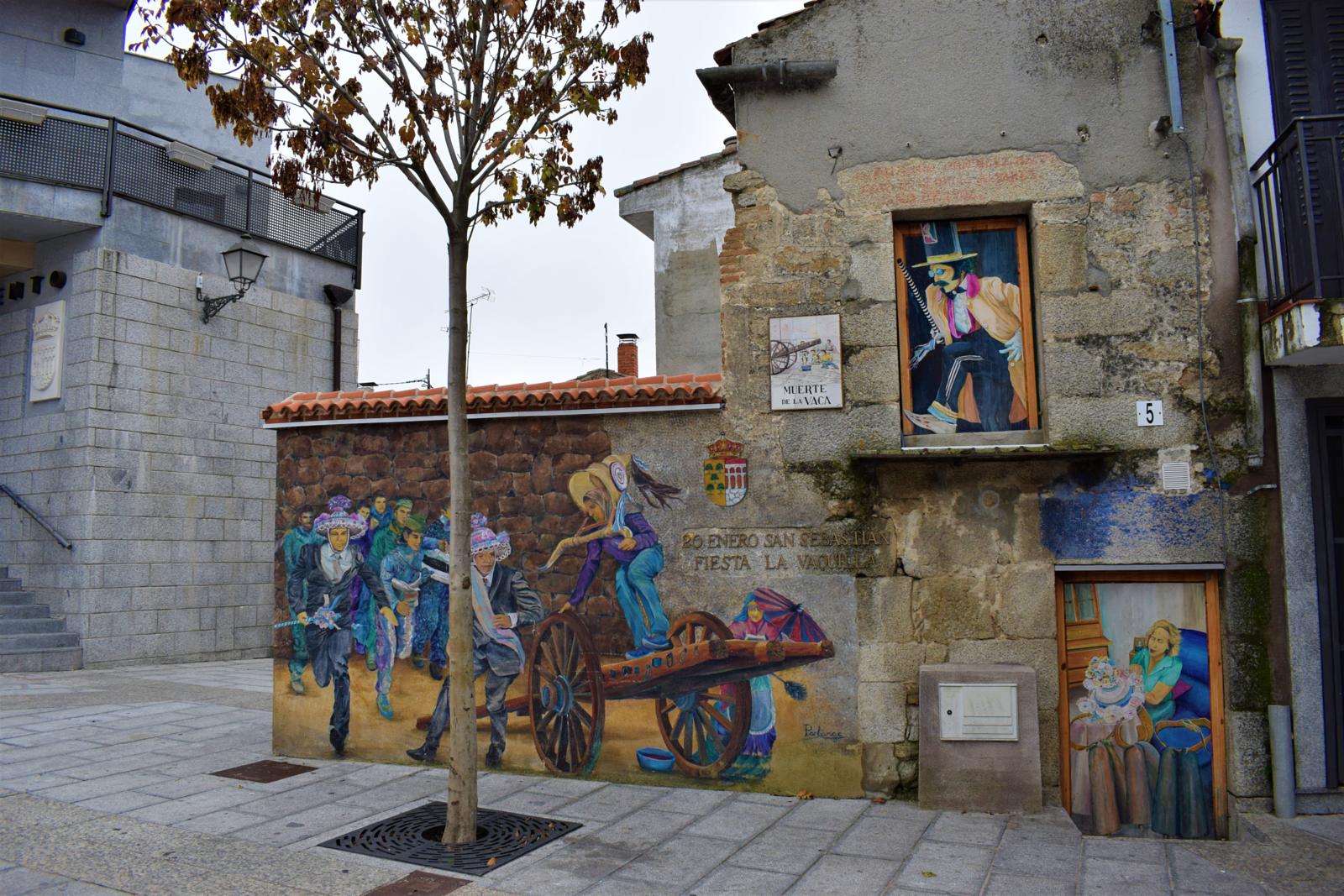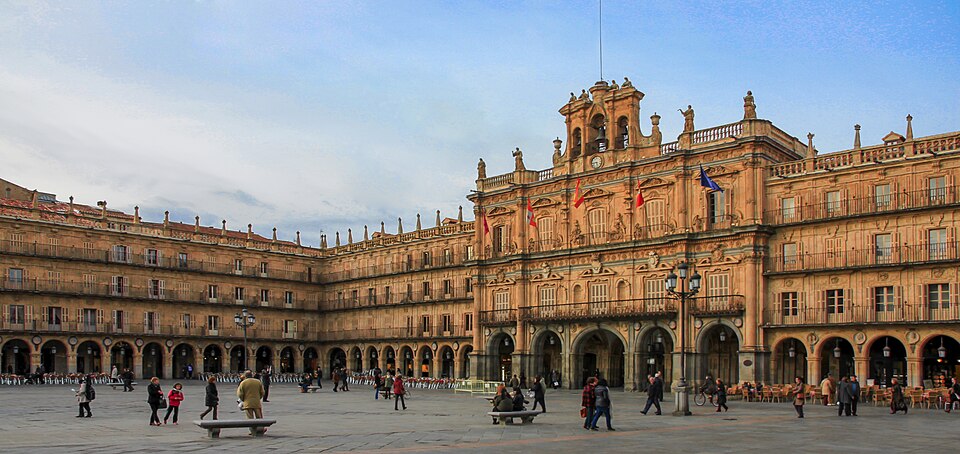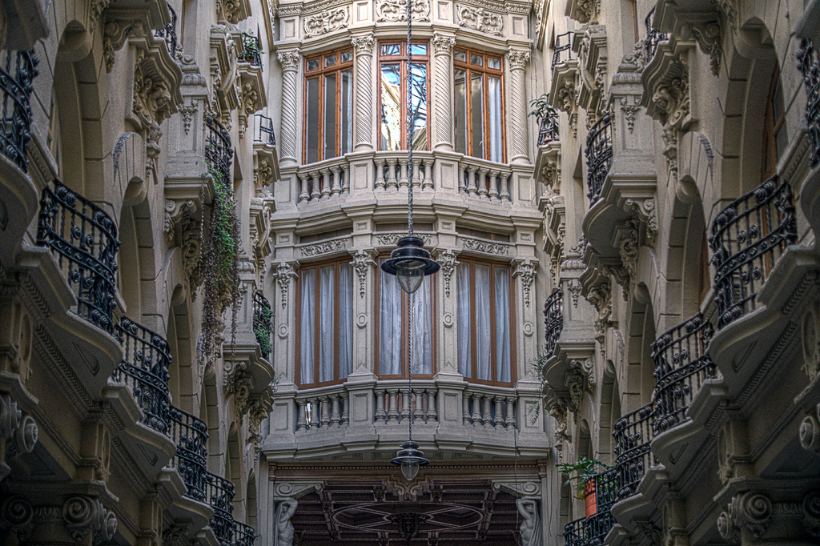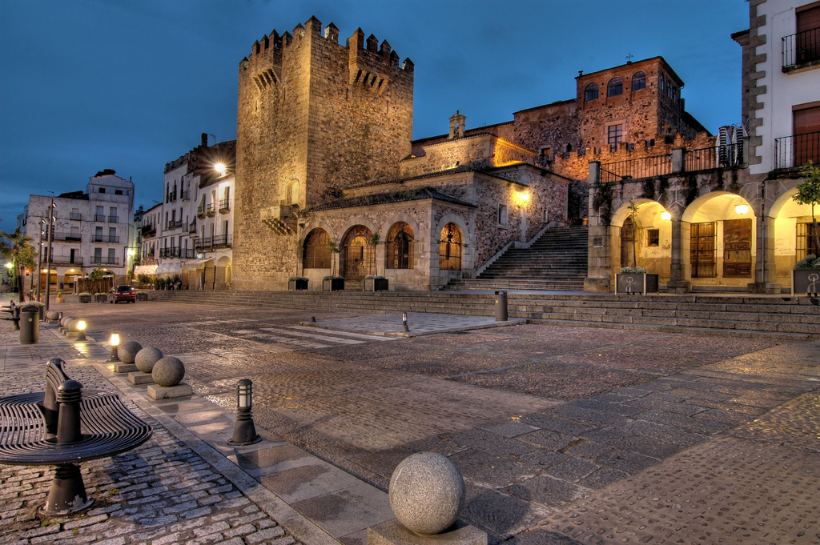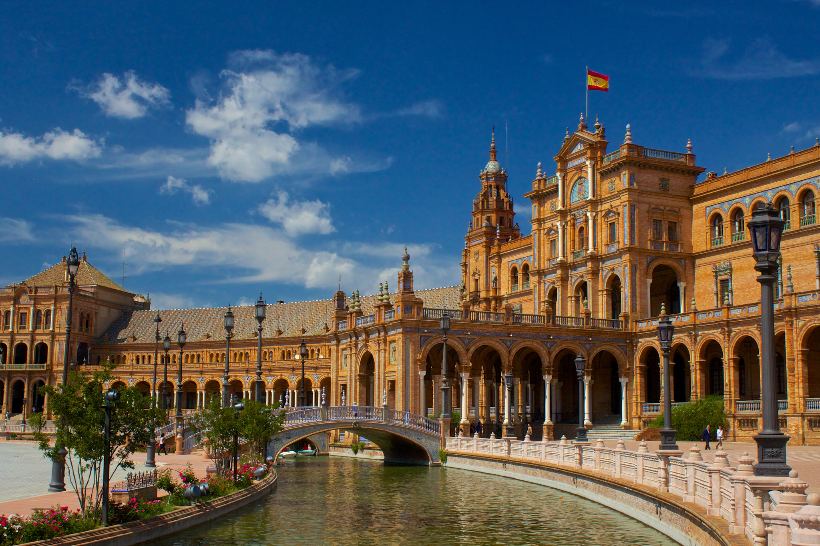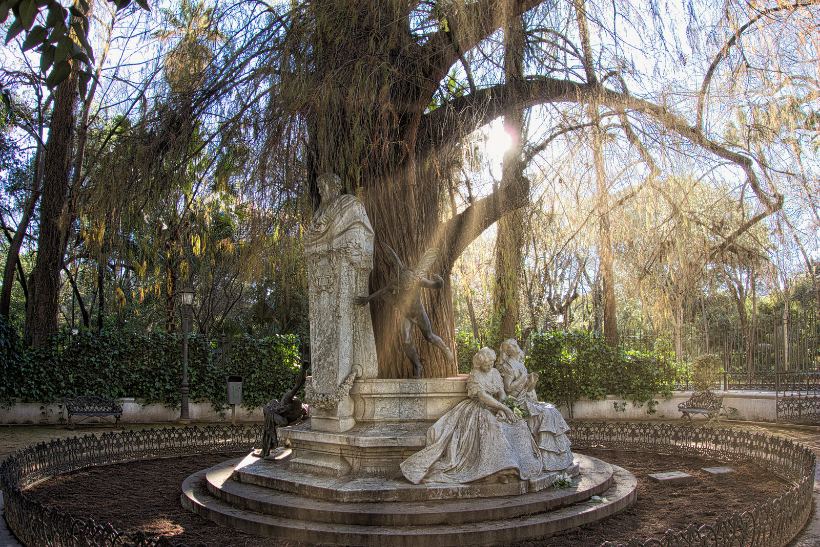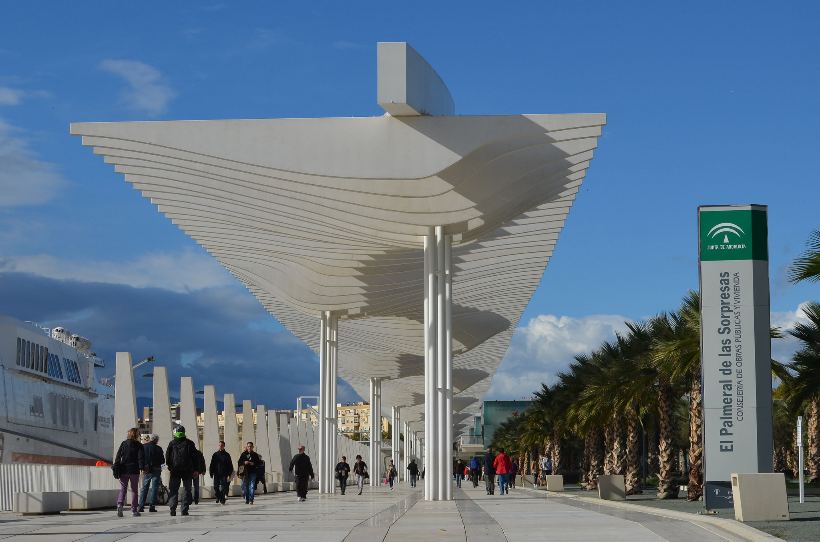Madrid’s Plaza Mayor
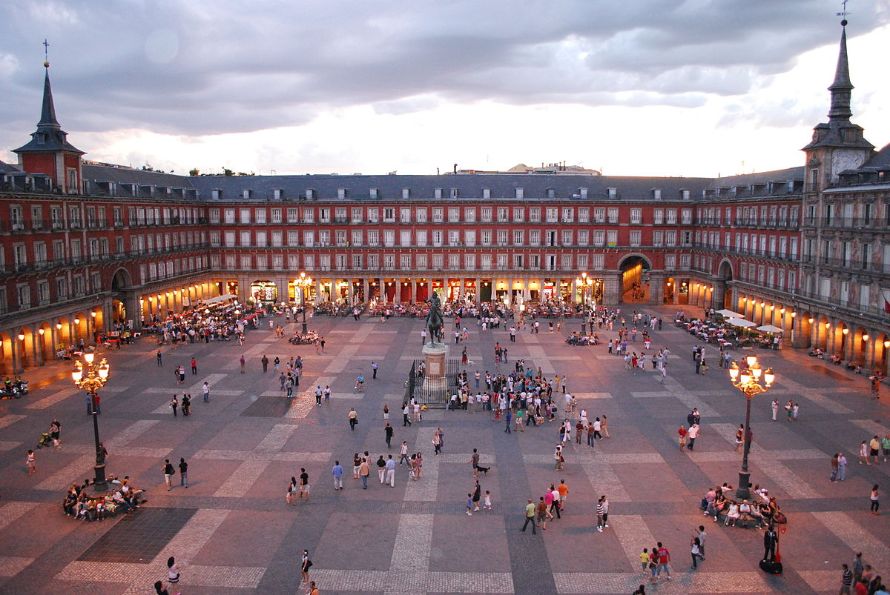
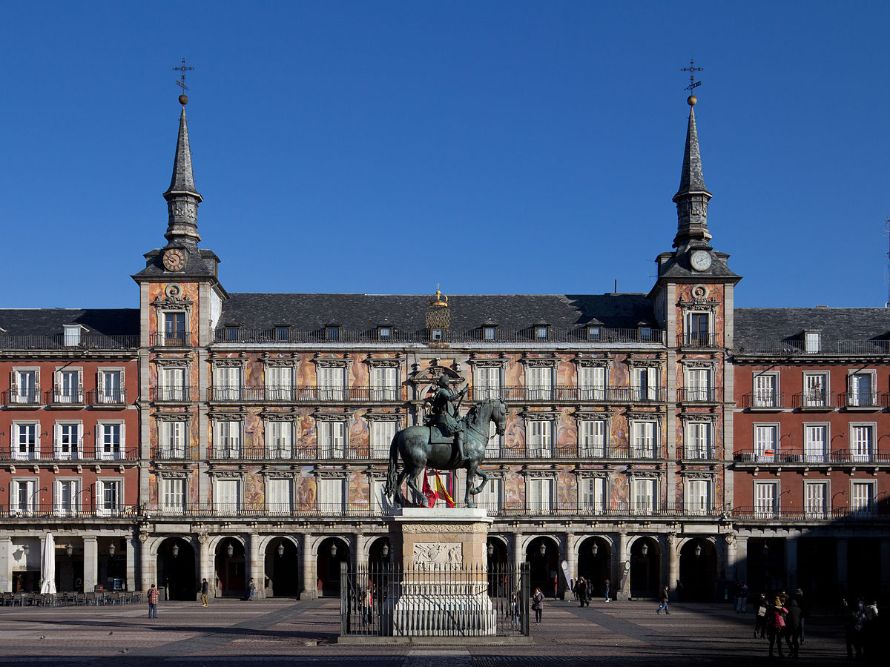
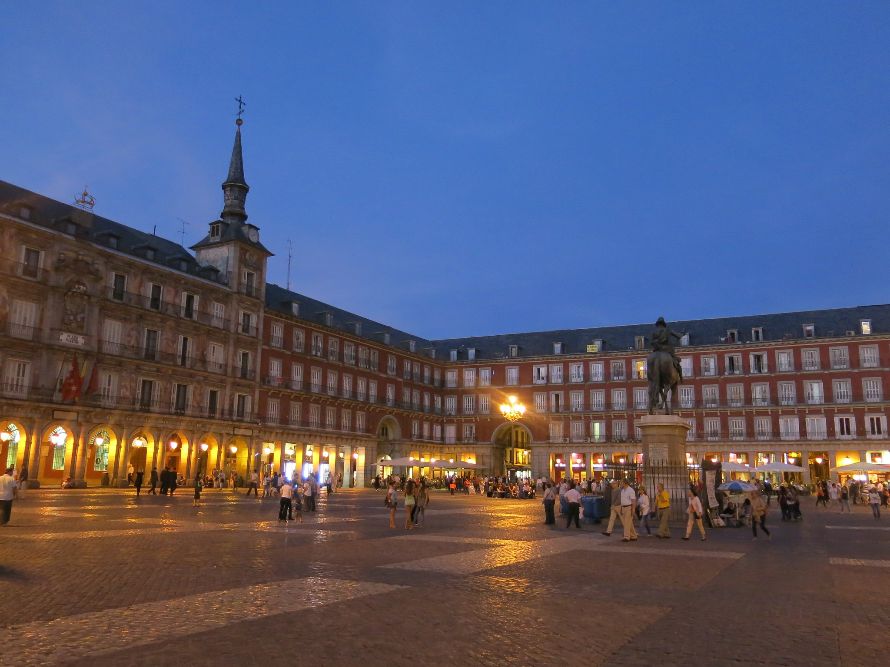

Actualizado el
Madrid’s Plaza Mayor traces its origins to the 16th century when it was the Plaza del Arrabal, the city market and crossroads of Toledo and Atocha roads outside the medieval walls.
Renaissance Layout
- 1580: After the court moved to Madrid, Philip II commissioned Juan de Herrera to design a grand square for ceremonies, markets and bullfights.
- 1617–1619: Philip III entrusted completion to Juan Gómez de Mora, who enclosed the plaza with four-story uniform façades and arcades.
- Measuring 129 m per side and slightly trapezoidal, the Plaza Mayor retains Baroque balance and architectural richness.
Casa de la Panadería
- Built 1590 on the former bakers’ guild hall, it dominates the north side with two symmetrical towers.
- The Baroque façade features 1796 neoclassical frescoes by Antonio González Velázquez and 1992 restoration scenes.
- Today it houses the Interpretive Center narrating the square’s history and transformations.
Sculpture and Access
- At the center stands the equestrian statue of Philip III (1616), a gift from the Grand Duke of Tuscany relocated here in 1848.
- Nine access gates—like the Arco de Cuchilleros—open onto sixty-four semicircular archways under the arcades.
- Under the porches survive centuries-old shops, from La Favorita hat shop to philatelic stores and taverns.
Fires and Modern Life
- Major fires in 1631, 1692 and 1790 destroyed façades, leading to repairs that standardized heights and materials.
- 19th century: wrought-iron balconies and pitched roofs added for smoke and rain drainage.
- Today Plaza Mayor hosts centuries-old Christmas markets, the iconic calamares sandwich, concerts and official celebrations.
Ultimately, Madrid’s Plaza Mayor blends centuries of Baroque history, royal symbolism and popular tradition, remaining the vibrant heart of the city from the Modern Age to today.
How to get there
La Plaza Mayor se encuentra en el centro de Madrid, a pocos minutos caminando desde la Puerta del Sol por la calle Mayor. Los metros más cercanos son Sol -líneas 1, 2, 3- y Tirso de Molina -línea 1-.
Decimal: 40.415556°, -3.707222°
DMS: 40°24'56" N, 3°42'26" O
